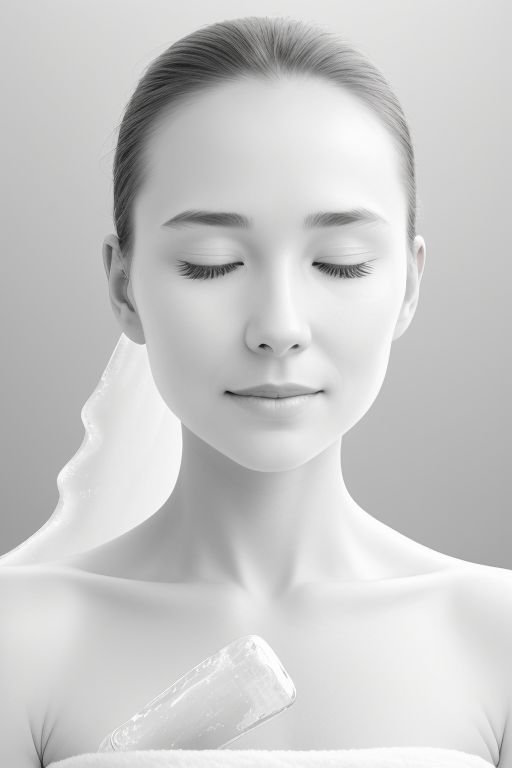When it comes to modeling, the face plays a crucial role in determining the overall look and appeal of a model. One important aspect of a model’s face is its width. The average face width of a model’s face can vary depending on various factors such as genetics, ethnicity, and personal preferences.
It’s important to note that there is no one-size-fits-all answer to what constitutes the “ideal” face width for a model. Different modeling agencies and fashion industries may have their own specific requirements and preferences when it comes to facial proportions. However, there are some general guidelines that can give us an idea of what is considered average.
Measuring Face Width
Face width is typically measured from one side of the face to the other, passing through the widest points of the cheekbones. This measurement is often referred to as the “cheekbone width.” To get an accurate measurement, a soft measuring tape can be used to measure from the outermost points of the cheekbones.
On average, the face width of a model’s face can range from 4 to 6 inches (10 to 15 centimeters). However, it’s important to remember that these measurements can vary depending on the individual and the specific requirements of the modeling industry.
Facial Proportions and Symmetry
In addition to face width, facial proportions and symmetry also play a significant role in the modeling industry. Models with well-proportioned and symmetrical faces are often considered more aesthetically pleasing and are in high demand.
Facial symmetry refers to the balance and harmony of the different features of the face. A symmetrical face is often considered more attractive as it is believed to be an indicator of good health and genetic fitness. However, it’s important to note that perfect symmetry is rare, and slight asymmetry is natural and can even add character to a model’s face.
Embracing Diversity
In recent years, there has been a growing emphasis on diversity and inclusivity in the modeling industry. The industry is starting to recognize the beauty and uniqueness of different facial features and proportions. Models with unconventional or non-traditional facial widths are now being celebrated for their individuality and distinctive look.
Agencies and brands are increasingly seeking out models with a wide range of facial widths to represent different cultures, ethnicities, and beauty standards. This shift in the industry is a positive step towards promoting inclusivity and breaking the mold of traditional beauty standards.
Conclusion
While there is no specific “average” face width for a model’s face, the range typically falls between 4 to 6 inches (10 to 15 centimeters). However, it’s important to remember that the modeling industry is evolving, and there is now a greater emphasis on embracing diversity and celebrating individuality. Models with different facial widths and proportions are now being recognized and celebrated for their unique beauty. Ultimately, the most important factor in modeling is confidence and the ability to showcase one’s individuality.




